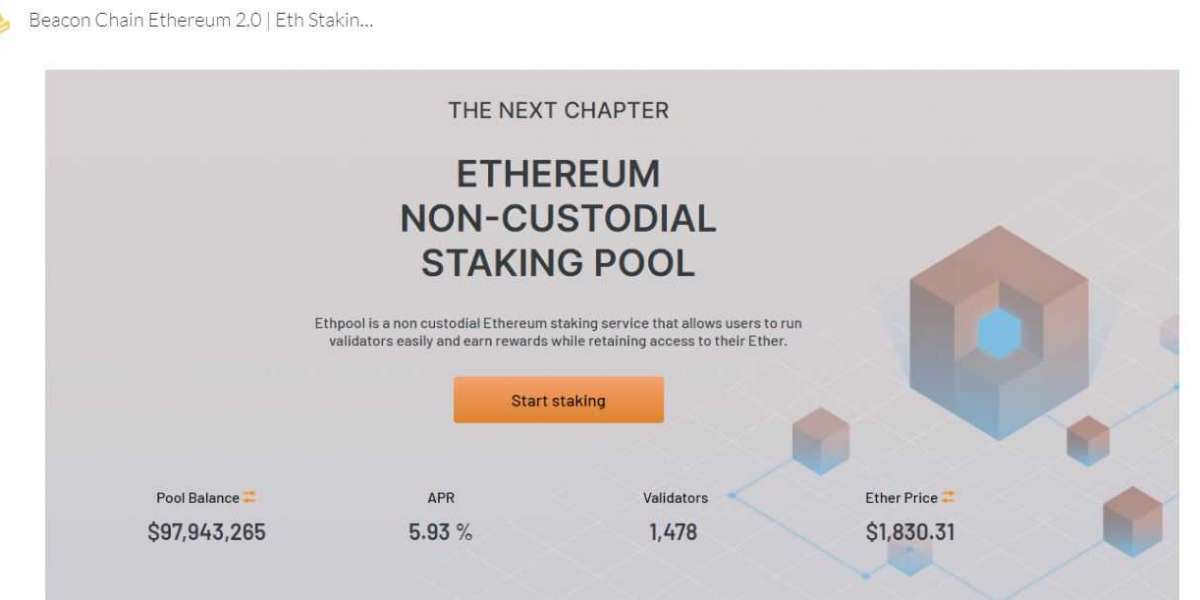Beacon Chain is quite a complex evolution that took place in the Ethereum ecosystem. Even after the launch of PoS and the merging of the blockchains, this concept is still unclear to a lot of people. While evaluating this factor, we are anticipating that this chaos could be because of a lack of understanding among the people relating to the basic terms that are linked with this process, event, or revolution, whatever you say.
Considering this as the prime reason we tried to help you in making understand the general terms that are associated with this evolution and for this we have prepared this read.
So, just pack up your bags to better understand a few of the major technical terms associated with it.
The fundamental factors relating to the Beacon Chain
Also referred to as the “Coordination Layer”, Beacon Chain performs multiple operations such as assigning responsibilities to the validators, finalizing checkpoints, etc. Performing all these operations involves some technical terms and they are as follows:
Slots: It refers to a 12 seconds time period that is granted to the chosen validator for proposing a block. Further, the total number of validators are broken down into committees. One committee comprises at least 128 validators, among which 1 is chosen as the “Aggregator”. The remaining 127 validators of each committee are attesting, which are blended later on to form a new committee, after the Epoch.
Epochs: Every term is interlinked in the Beacon Chain, so after reading about the slots, you might be now thinking of what an Epoch is. An Epoch in simple terms can be defined as a bundle of 32 slots altogether. This means that when 1 slot takes a time of 12 seconds then 1 Epoch takes an approximate time of 6.4 minutes. This element plays a significant role when we talk about the validator queue and confirmations (or Finality) of transactions.
For simplification,
Converting 12 seconds into minutes will give us an answer of 0.2 minutes
Further, 1 Epoch= 0.2 minutes (or 12 seconds)
i.e. 32 Epoch = 6.4 minutes (0.2*32)
Validators: Run by stakers, validators are virtual which requires a minimum of 32 ETH to get activated. To ensure activation of the validator these 32 ETH are to be deposited in the deposit contract of the validator on the Ethereum 1.0 chain. In order to reap fruitful results, validators should remain online for at least 50% of the total duration.
Attestations: An attestation is a vote of the validator confirming the validity of a block that is weighted by the balance of the validator.
Slasher: Slashers are referred to as a crucial component in the complete mechanism of the ETH, as they walk around all the transactions and investigate each of them thoroughly until a slashing event gets discovered. If any slashing gets identified, it is then reflected on the network, and then the block proposer is rewarded.
To date, there are four Slashing conditions discovered and they are:
- Double Proposer
- LMD Ghost Double Vote
- FFG Surround vote
- FFG Double Vote
Final Thoughts
Thus, through this read, you might have gotten a closer look of the crucial elements associated with the Beacon Chain. Getting clear information about each of the elements will help you to develop a better understanding of the mechanism of this chain. As you dive deeper into the information of each of the components, you will discover more new terms and concepts relating to the same. Thus, continue gathering more information about it by exploring its official website.







